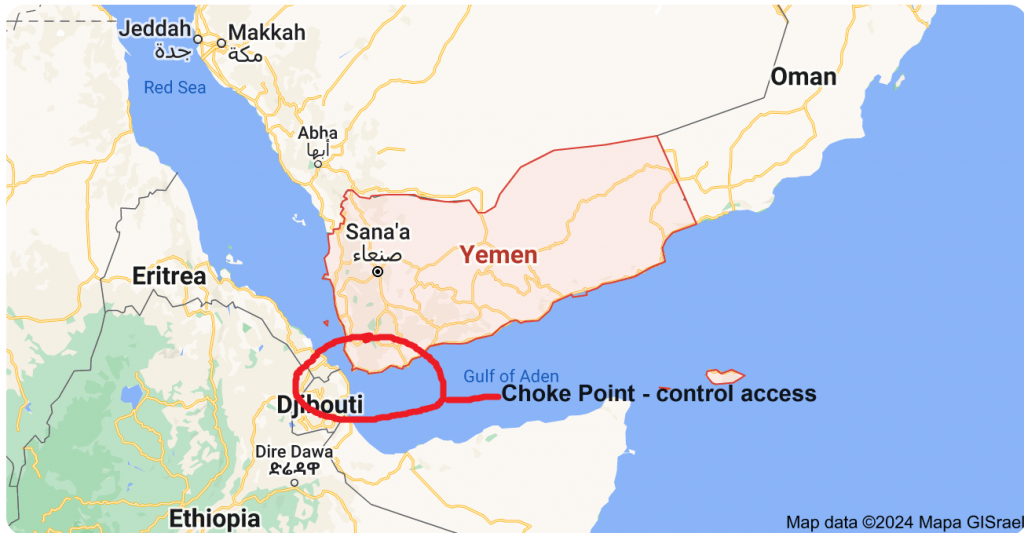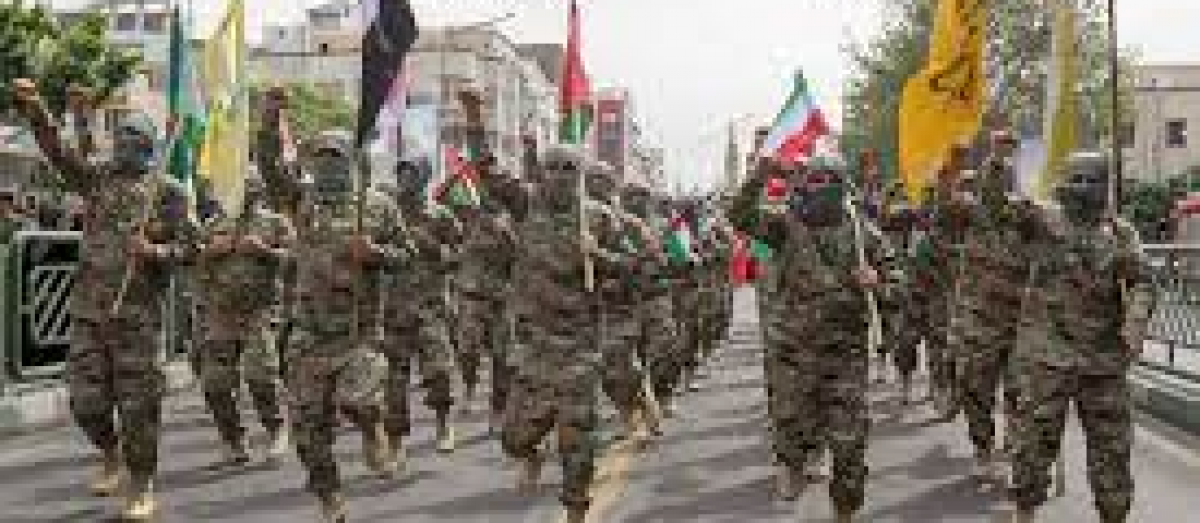The civil war in Yemen is a complex and protracted conflict characterized by multiple actors, shifting alliances, and deep-rooted socio-political issues. At the heart of the conflict are the Houthi rebels, also known as Ansar Allah, whose rebellion has significantly shaped the dynamics of the war. To understand the civil war, it’s essential to explore the origins of the Houthi rebellion and the factors that led to their armed insurgency.

Background:
1. Historical Context:
Yemen has a history of internal strife, with tribal and regional divisions often influencing political dynamics. The unification of North and South Yemen in 1990 did not eliminate these underlying tensions, and the country faced challenges in establishing stable governance.
2. Weak Governance and Economic Struggles:
Yemen grappled with weak governance, corruption, and economic difficulties. High levels of poverty and unemployment fueled discontent among various segments of the population, providing fertile ground for opposition movements.
Emergence of the Houthi Rebellion:
1. Houthi Movement Origins:
The Houthi movement, named after its founder Hussein Badreddin al-Houthi, emerged in the early 2000s in the northern Saada governorate. The movement initially focused on grievances related to political and economic marginalization of the Zaidi Shia Muslim community in a predominantly Sunni country.
2. Zaidi Shia Identity:
The Houthi rebels identify with the Zaidi Shia branch of Islam, and their rebellion is partly rooted in perceived discrimination against Zaidis. They felt marginalized and excluded from political power, leading to a sense of injustice that fueled their opposition.
3. Opposition to Central Government:
The Houthi movement opposed the central government’s authority, particularly its alignment with external powers like the United States and Saudi Arabia. The rebels criticized what they saw as a corrupt and subservient regime, advocating for a more inclusive and representative government.
4. Rebellion Escalation:
The Houthi rebellion gained momentum in the mid-2000s, marked by clashes with government forces. The conflict intensified as the Houthis faced military offensives, leading to cycles of violence and displacement.
Regional and International Dimensions:
1. Saudi-Iran Proxy Conflict:
The conflict in Yemen took on a regional dimension with Saudi Arabia and Iran supporting opposing sides. The Houthis, being Shia, received alleged support from Iran, while a Saudi-led coalition backed the internationally recognized government of President Abd-Rabbu Mansour Hadi.
2. Arab Spring and Power Vacuum:
The Arab Spring in 2011 further destabilized Yemen. President Ali Abdullah Saleh, facing widespread protests, eventually stepped down. The transitional period that followed created a power vacuum, contributing to the escalation of the Houthi insurgency.
Ongoing Conflict:
1. Saudi-led Intervention:
In 2015, a Saudi-led coalition intervened militarily to restore Hadi’s government and curb the Houthi rebellion. The conflict took a toll on civilians, with widespread humanitarian consequences, including a severe economic downturn and food insecurity.
2. Stalemate and Humanitarian Crisis:
The conflict has resulted in a prolonged stalemate, with various attempts at peace negotiations. Meanwhile, Yemen faces one of the world’s most dire humanitarian crises, marked by famine, disease outbreaks, and displacement.
In summary, the civil war in Yemen and the Houthi rebellion are rooted in historical grievances, economic struggles, and political discontent. The regional and international dimensions of the conflict have further complicated efforts to find a resolution. Addressing the complex web of issues requires a comprehensive approach that considers the aspirations and concerns of various Yemeni factions, as well as the involvement of regional and international actors.



